Cross-Dressing Tips for Dealing With Itchy Legs After Shaving
Cross-dressers are familiar with the concept of shaving. We do that constantly to feminize our legs, arms, crotch, and face. But a common problem, especially for first-timers, is itchiness and irritation. This issue makes shaving a burden and discourages some of us from doing so. But since hairy legs are considered masculine, this may impact our self-esteem. It prevents us from feeling feminine and beautiful.
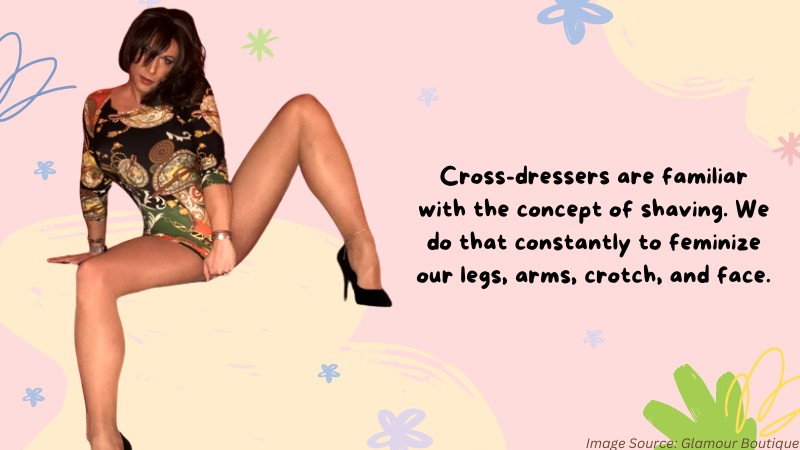
The good news is that we can overcome this problem. Cross-dressers never give up, always finding ways to surpass many obstacles. This is another example of how we can do it using specific techniques. If you want to know more about them, read this article. Here, I’ll teach you how to achieve smooth-shaven legs without annoying side effects!
Use warm water

There are many reasons why we feel itchy after shaving. Our body hair grows continuously, and shaving might irritate the follicles. It happens because they grow under our skin, through the pores, and sometimes get dislocated after we shave. It results in irritation and sometimes dry skin, but it’s not so difficult to deal with it. Sometimes, the solution may be even more straightforward than you’d expect. I’ll start with this technique; if it doesn’t work for you, I’ll describe the more elaborate ones.
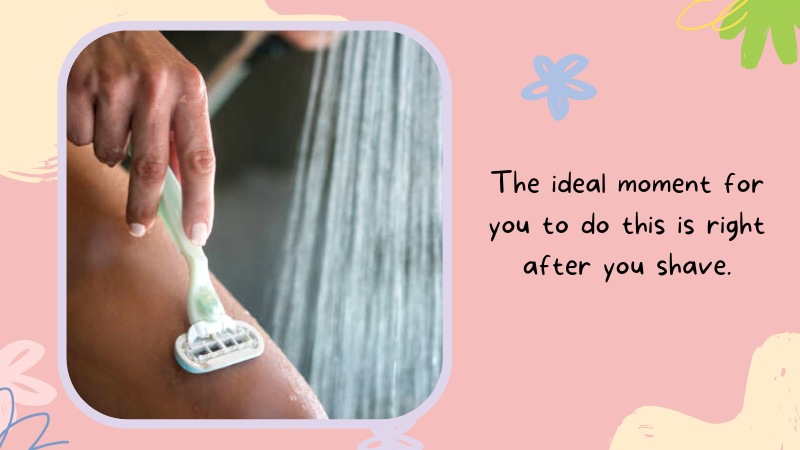
The first thing to try is to get a towel with warm water and use it to soak the region. The warmth is helpful since it opens up your pores. It helps prevent shave burns and ingrown hairs. The ideal moment for you to do this is right after you shave. This way, you may avoid immediate itchiness in the region and prepare your skin. But It’s also good to keep doing that after you shower for a few days. Despite the relief, It may help the effects to last longer and ensure good recovery of your follicles. A combination of salt and warm water may be even more effective, helping your skin to heal faster. If the discomfort persists after this first treatment, proceed to the following topics. I’ll give you more detail about a handful of techniques that may solve your problem.
Moisturizer is a must (before and after)
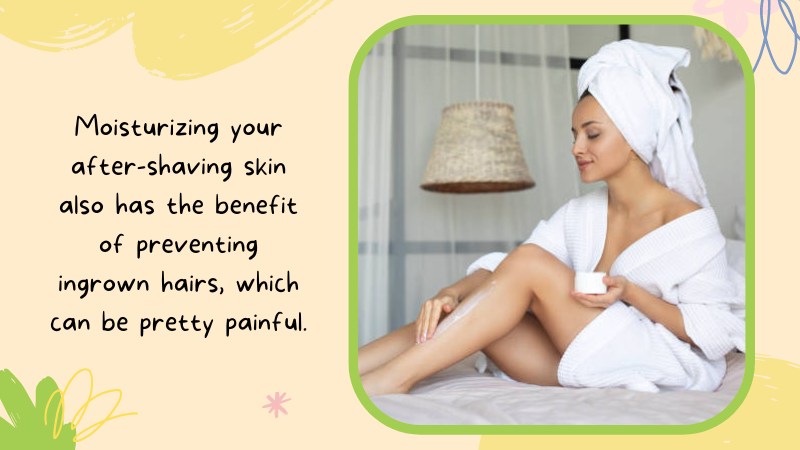
Dry skin is much more susceptible to shaving burns and other related issues. And masculine skin tends to be naturally drier than women’s. It makes moisturizers an even more critical part of our shaving routine. Once we’re done shaving, applying the product to the region helps our skin recover from the razor’s aggression. It also makes it look smoother and softer, giving it a more feminine appearance. Moisturizing your after-shaving skin also has the benefit of preventing ingrown hairs, which can be pretty painful. And besides all that, it reduces irritation and relieves itchiness.
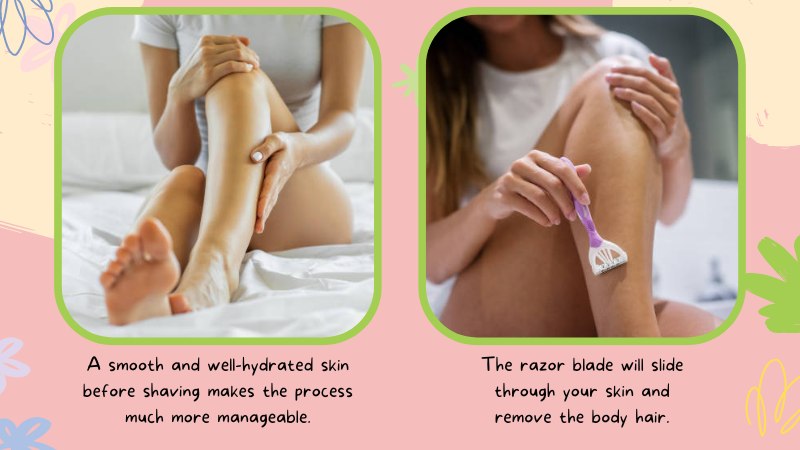
The benefits of applying moisturizer after shaving are clear. But I also recommend you do that before shaving as well. A smooth and well-hydrated skin before shaving makes the process much more manageable. The razor blade will slide through your skin and remove the body hair. When it comes to hair, moisturizer makes it softer and easier to shave. And the chance of hurting yourself or irritating your skin becomes much lower. As a result, you’ll get rid of the itchiness and reduce red spots after shaving.

Even if you don’t shave so often, a consistent application of moisturizing cream to the areas you shave might be a good idea. It extends the effects and makes your skin look smooth, young, and feminine. The key areas are your legs, arms, and your face. You’ll be able to shave them without difficulties if you keep them hydrated. The long-term benefits are worth the time and investment.
Choose a proper outfit
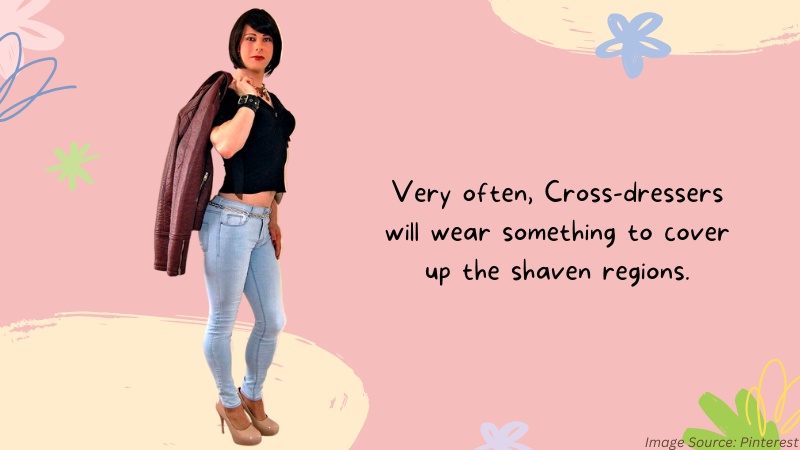
Some of us make a huge mistake after shaving. Very often, cross-dressers will wear something to cover up the shaven regions. This is a common practice among our closeted sisters. Some of them are ashamed or afraid to show their shaven limbs. They feel they have to hide it and cover it with their clothes. If you feel this way, hiding your legs and arms is okay. But you must wear the proper outfits, or there can be harmful consequences.
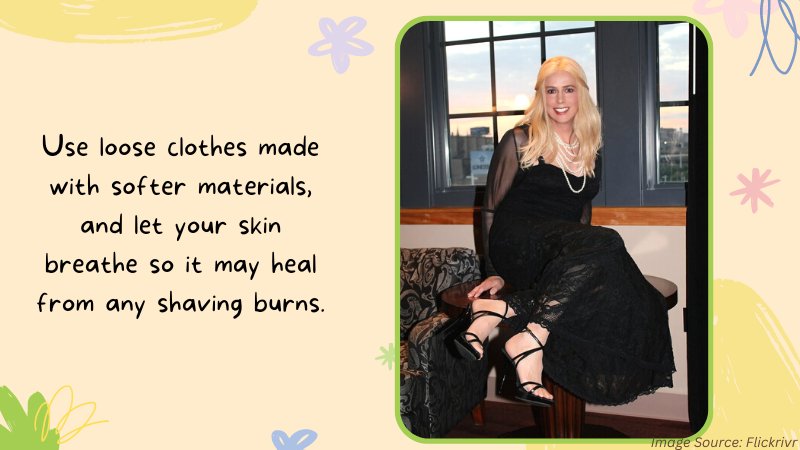
Tight clothes won’t let your skin breathe, harming the pores and aggravating the effects of irritation. It also causes you to sweat, which may clog your pores and follicles, resulting in ingrown hair. You should also pay attention to the kind of fabric you use. Your skin becomes sensitive after shaving, and rough textures may harm it. Use loose clothes made with softer materials, and let your skin breathe so it may heal from any shaving burns.

Things are easier if you’re no longer closeted or have a good excuse for shaving. This way, you might be able to leave your legs more exposed by wearing shorts and such. That’s even more beneficial to your legs, which might heal faster. But remember to wear sunscreen and moisturizer on sunny days, so it doesn’t get dry. A little side note to this section is about hosier. Cross-dressers love to wear them, me included. But avoiding them on the first couple of days after shaving would be great. This is when your skin is most sensitive, and hosiery may irritate your skin. Try some alternative outfits while cross-dressing, and maximize the appeal of your smooth legs!
Invest in a good razor blade
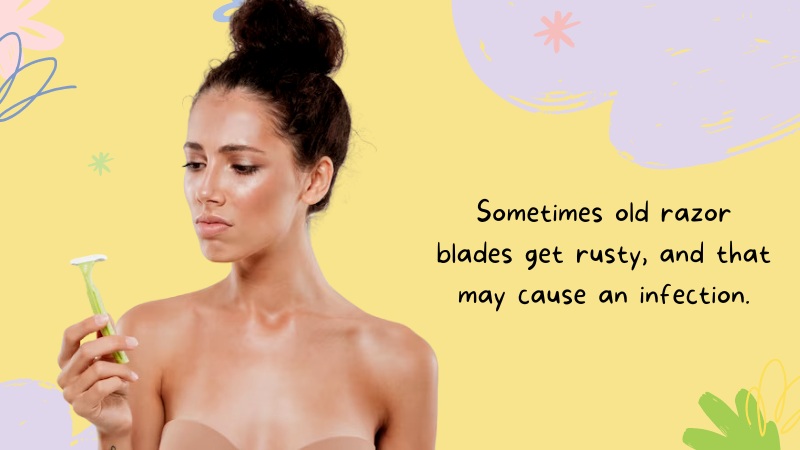
This is one of the most important ways to prevent itchiness and shaving burns. A dull blade may harm and pull your skin, damaging your follicles. Needless to say, it causes a lot of irritation and facilitates the occurrence of ingrown hair. Sometimes old razor blades get rusty, and that may cause an infection. With that in mind, you must replace old blades for the sake of your well-being. But the time between each change of blades depends on how often you shave and the quality of the razor.
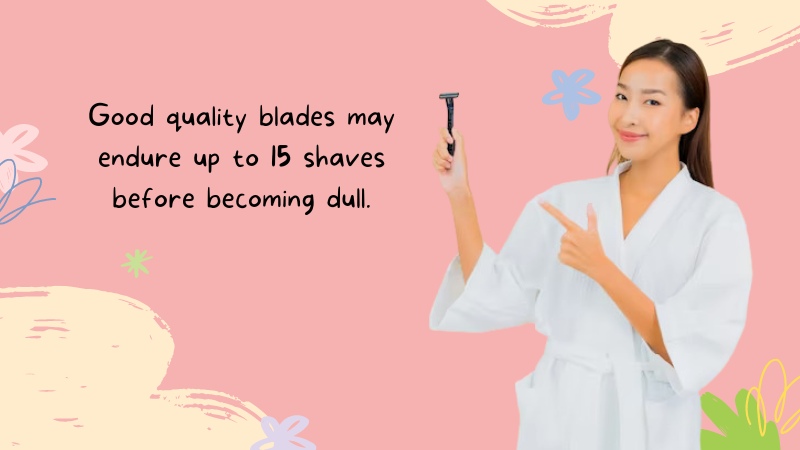
The average quality razor blade should be replaced after every 5 to 7 uses. According to American dermatologists, that’s how long these blades take to become dull. Poorer quality blades, a.k.a. disposable blades, wear out even faster. But good quality blades may endure up to 15 shaves before becoming dull. They also tend to be sharper and more effective, providing cleaner shaves. This is something most cross-dressers consider to be necessary. So I highly recommend you Invest in a good razor blade to achieve better cross-dressing results. The benefits outweigh the costs since most of us will only replace them every two months.
Use some Aloe Vera
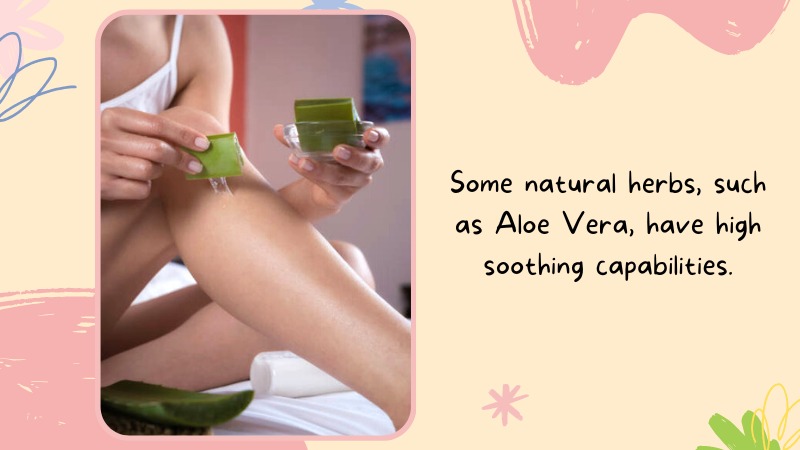
Nature can be a tremendous ally when it comes to cross-dressing. Some of us have very sensitive kind of skin. No matter what they do, some razor burns will be visible after shaving. So instead of preventing them, we should learn how to treat and heal them. And that’s where nature comes into play. Some natural herbs, such as Aloe Vera, have high soothing capabilities. They are very effective while treating irritation and shaving burns. It works as a relief or even a last resort. Medics and dermatologists use Aloe Vera worldwide to treat burns and skin-related injuries. But it’s also a significant ally against itchiness, inflammations, and razor bumps.

There’s a wide range of Aloe Vera-based products on the market. For cross-dressers, Aloe Vera gel might be the most practical since it is easy to apply and available in almost every pharmacy. A thin layer after shaving and moisturizing should be enough to relieve most of our sisters. You can even plant this herb and make a homemade solution with a home garden. As such, it’s a versatile and cheap method.
Trim longer hair with a pair of scissors
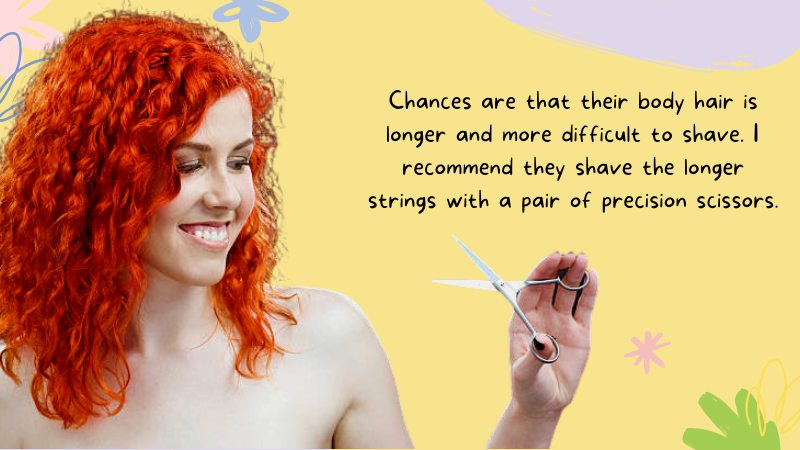
This is a piece of final advice for our sisters who have never shaved. Chances are that their body hair is longer and more difficult to shave. I recommend they shave the longer strings with a pair of precision scissors. It prevents the hair from entangling and getting stuck on the razor. This situation is known for causing ingrown hair and a lot of irritation. Despite that, removing excess hair before using your razor makes it last longer. If you feel like the hair is too long, trim it before shaving to get a cleaner and smooth result. You may also get a clearer vision and a better notion of the direction in which your hair grows. Try not to shave in the opposite direction.
Summary

Razor burns, itchiness, and irritation are common issues that cross-dressers have to deal with. In extreme cases, dull blades may even cause cuts and points of ingrown hair. To avoid that, we should take care of our skin before, after, and during shaving. Pay attention to the state of your blade, and keep your moisturizer at hand. The rules are simple but must be followed to the letter if you want them to work as intended. And even if you get some shaving burns, not everything is lost. There’s always Aloe vera and warm water to make you feel better! Through these tips, I hope to help you achieve more comfort as a cross-dresser. What do you think of them? Have you got some other helpful information? Make sure you tell us in the comments!
Tagged With:Sexy Legs
2 comments
Leave a Reply
- What Is Femulate? Everything You Didn’t Know About MTF Crossdressing
- Spider Gag: A Beginner’s Guide to Using and Introducing Them in Your Playtime Routine
- What’s Inside A Sissy Men Training Kit?
- How to Train a Sissy Slut with Chastity Cages
- Why a Gay Crossdresser Needs Realistic Breast Forms
- Gay Crossdresser vs. Sissy Men: What’s the Difference?
Established in 2009, We are a recognized manufacturer and seller of professional crossdressing products.
It is our aim to become not just the most creative manufacturer but also a very considerate seller, as we provide the best quality products for crossdressers all around the world.

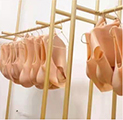


















 Breast Forms
Breast Forms  Body Suit
Body Suit  Realistic Mask
Realistic Mask  Femini Girdle
Femini Girdle Hip & Butt Enhancement (8)
Hip & Butt Enhancement (8) Penis Prosthesis
Penis Prosthesis Fake Muscle
Fake Muscle Bikini
Bikini  Wig
Wig  Corsets
Corsets Course
Course service@roanyer.com
service@roanyer.com +8618652200711
+8618652200711 Facebook
Facebook YouTube
YouTube Twitter
Twitter Instagram
Instagram





Electric razors
Hey, Be! So, using an electric razor to get rid of leg hair is totally doable, but it’s not really made for that kinda thing. Electric shavers might seem more convenient than regular razors, but they don’t always have enough flexibility and can end up pinching or scratching your skin. Plus, their blades might not be sharp enough to handle longer hairs.
If you’re looking to remove hair from your legs, I’d suggest using an electric or manual hair removal tool that’s actually designed for that area. Those ones work better for leg hair, and are less likely to give you trouble. Just be sure to keep your skin nice and dry, use good shaving products, and make sure the blade is sharp and clean. Oh, and don’t forget to prep your skin first! Take a nice shower or bath to soften things up and avoid irritation.